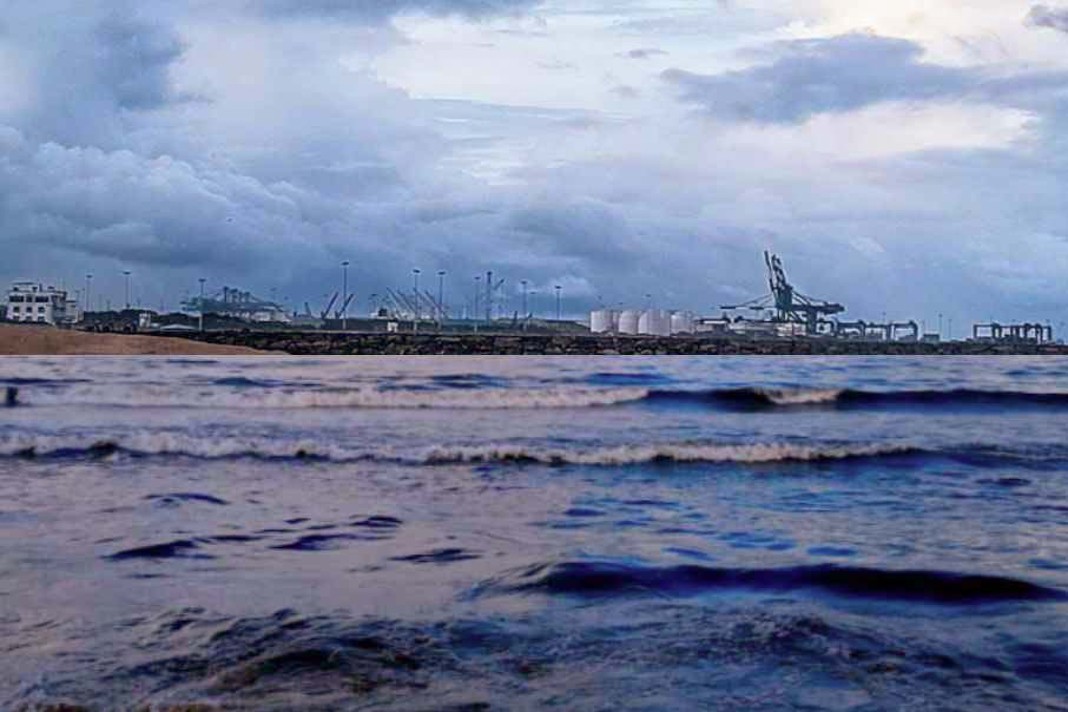- The ongoing Red Sea crisis prompts a distinctive approach to supply chain planning, particularly concerning the longer diversion routes.
- While established routes offer clarity, the extended durations of diversions have implications for container availability.
- Longer transit times increase global twenty-foot equivalent unit miles by 16%, leading to a corresponding 16% surge in the need for capacity.
- This dynamic demands strategic planning for the upcoming peak season, emphasizing the importance of evaluating multicarrier strategies and considering potential impacts on freight rates.
Container Availability Challenges Amid Red Sea Crisis
The Red Sea crisis and prolonged diversion routes present challenges to container availability, impacting supply chain planning and the upcoming peak season. The extended transit times contribute to a 16% increase in global twenty-foot equivalent unit miles, necessitating careful planning and evaluation of multicarrier strategies. As logistics managers prepare for the peak season, factors such as rising freight rates and potential container contraction due to longer voyages come into focus. Strategic considerations and flexible planning become essential for maintaining trade flow amidst the evolving maritime landscape.
Preparing for Peak Season: Strategic Insights
Companies must initiate peak season planning, recognizing the unique challenges posed by the Red Sea crisis and extended diversion routes. Longer transit times contribute to delays in container return, affecting U.S. imports. Sea-Intelligence data highlights a 16% increase in global twenty-foot equivalent unit miles, underscoring the heightened need for capacity. Logistics managers are advised to start planning for peak season contracts, evaluating multicarrier strategies amid fluctuating freight rates and potential container shortages. The maritime industry faces the task of navigating through these challenges to ensure efficient trade flow.
Industry Insights and Recommendations for Logistics Managers
Amid the Red Sea crisis and peak season preparation, industry experts stress the importance of proactive planning for logistics managers. The duration of diversions and their impact on container availability requires careful consideration when formulating strategies for the normal peak season. Sea-Intelligence CEO Alan Murphy emphasizes the role of carriers in managing overcapacity and adjusting vessel speeds to accommodate longer voyages. As the industry anticipates continued injection of capacity in 2024, logistics managers must assess multicarrier strategies and monitor freight rate trends to ensure resilience in supply chain operations.
Did you subscribe to our daily Newsletter?
It’s Free! Click here to Subscribe
Source: Freight Waves






















